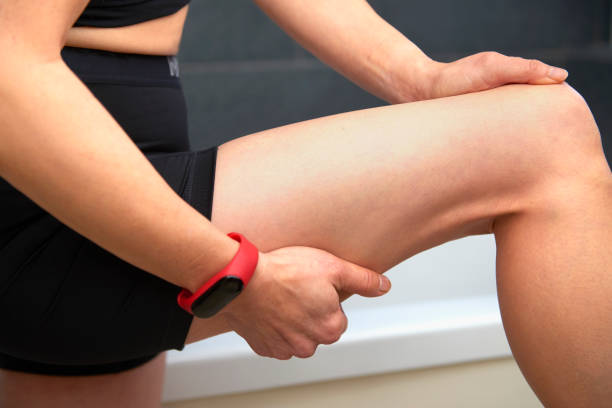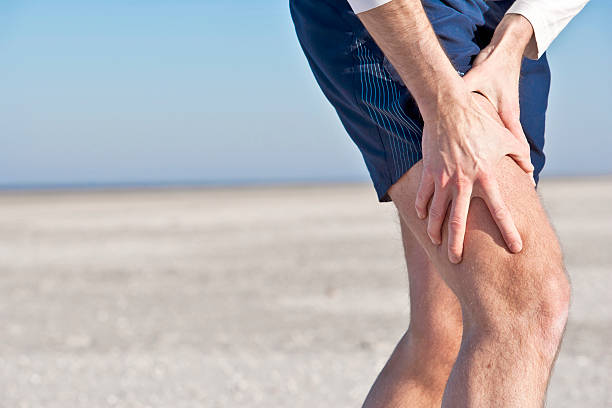No one likes being injured, especially when the injury puts you out of action for an extended period of time. The hamstring is situated in your thigh, and pulling it effectively means you have strained the muscle. The level of pulled hamstring strain will dictate how bad the injury is and how long it is likely to take to heal.
Grading A Hamstring Injury

Your hamstring runs from the lower pelvis to the shinbone. It’s actually a group of muscles, and they are used in a variety of ways, both in daily activities and in a variety of sports.
An injury can occur if you have a direct blow to the hamstring or if you push the muscle too hard and tear the muscle fibres./
There are three grading of injury:
- Minimal – you’ll find little limit to your daily activities
- Moderate – it’s painful, and you can’t undertake normal activities
- Severe – you’ll find it difficult to walk
Healing A Pulled Hamstring

The first step in the healing process is to visit a reputable physiotherapy. They can assess the level of injury and grade it for you. More importantly, they will provide exercises that will help to alleviate the pain, rebuild the strained fibres, and maintain muscle strength.
By doing the exercises they recommend daily, you’ll find that the pulled hamstring heals faster.
To help it heal quickly, there are several other things you can do:
Rest
As annoying as it can be, resting the thigh is a good way to help it heal. For the first 24-36 hours, you should aim to elevate the affected leg. This reduces the strain on your muscle fibres and helps them to start the healing process.
Start Moving
After the initial 24-36 hours, you should start moving around on your leg as much as you comfortably can. Of course, you’ll need to do this in accordance with your doctor’s and physiotherapist’s guidelines.
Moving helps to keep the muscle mobile, boosts blood flow, and aids the healing process.
Just don’t expect to be undertaking your favourite sport straight away.
Ice

Wrap some ice in a towel and place it on the back of your thigh. This will cool the area, constricting the blood vessels. The reduction of blood to the area will reduce inflammation. This means there will be less pressure on the surrounding tissues and less pain.
You should ice for approximately 20 minutes and repeat every hour. It’s best to do this as soon as possible after the injury occurs.
Heat
Heat therapy has the opposite effect. It opens blood vessels, increasing the amount of blood to the area.
You’ll want to start heat therapy the day after the injury. When your blood flow is greater, the muscles will receive more nutrients and oxygen, these are essential to the repair process. Again, add heat for about twenty minutes every hour. You can continue this until the pulled hamstring has fully recovered.
Heat also helps the muscle to relax, speeding up its recovery and making it easy for you to do the prescribed exercises.

good advice for those pulled muscles. doing the rest part is always difficult.